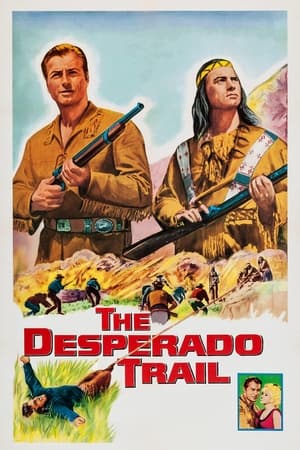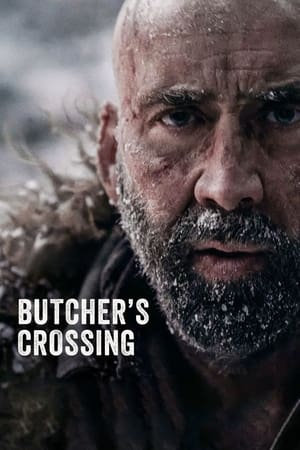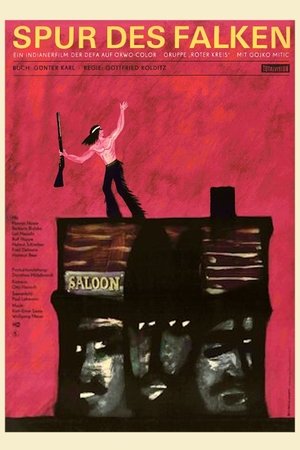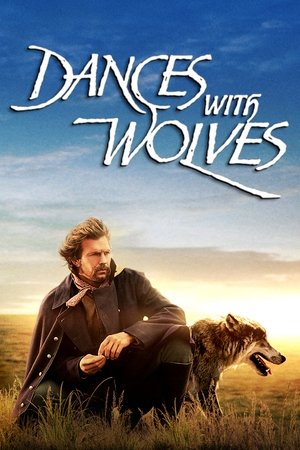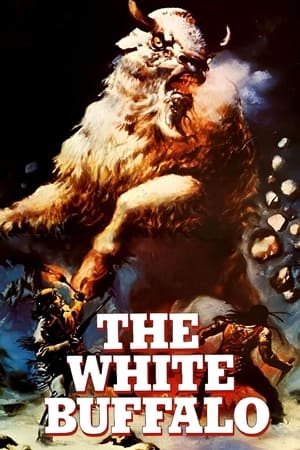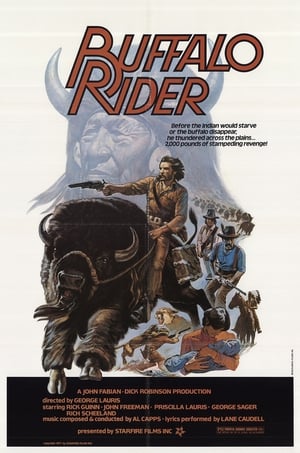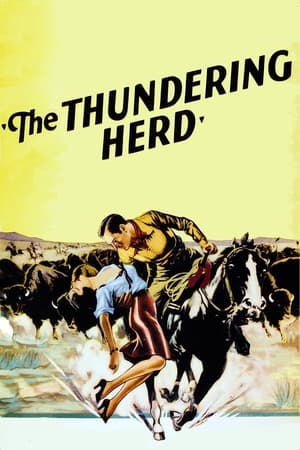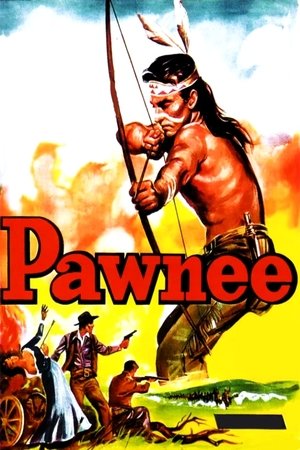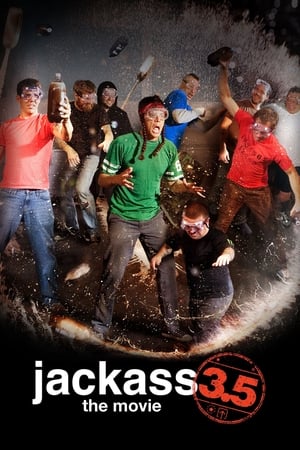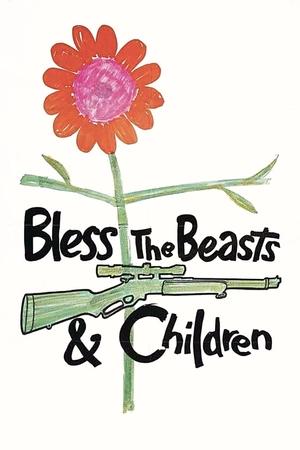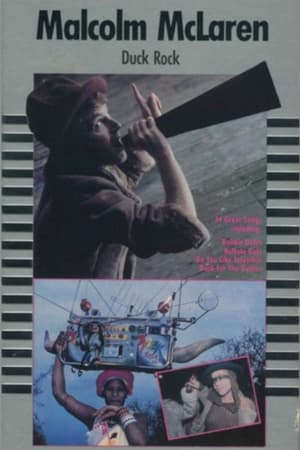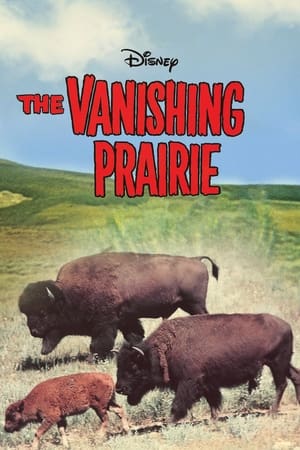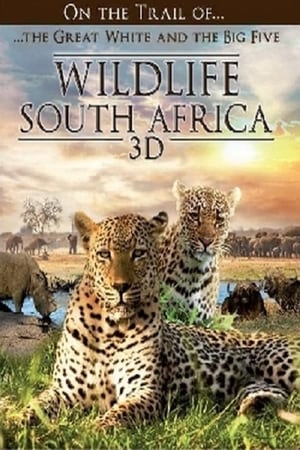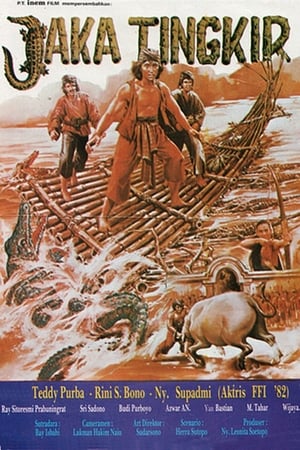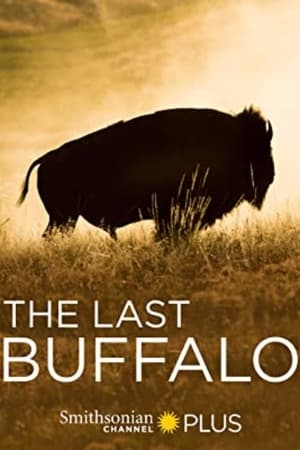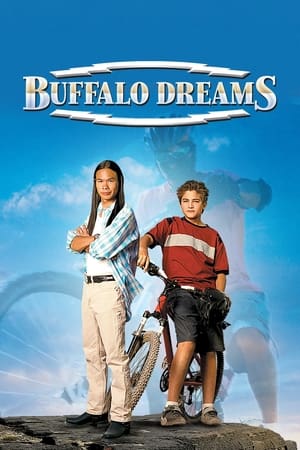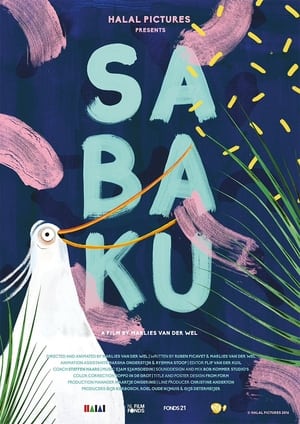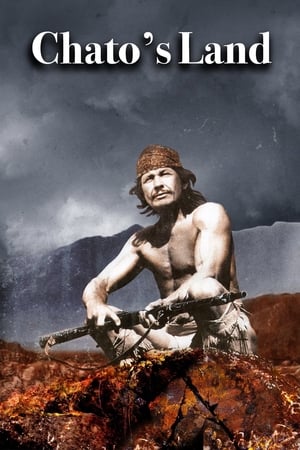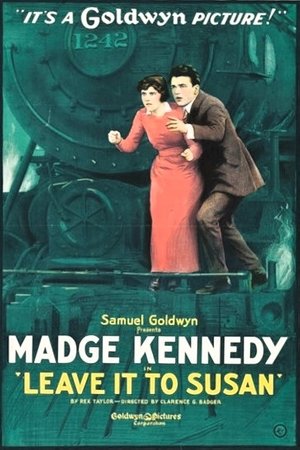Overview
A buffalo hunter has a falling-out with his partner, who kills for fun.
Reviews
Killing's like...err, like the only real proof you are alive.
The Last Hunt is directed by Richard Brooks who also adapts the screenplay from the novel of the same name written by Milton Lott. It stars Robert Taylor, Stewart Granger, Debra Paget, Lloyd Nolan and Russ Tamblyn. Out of MGM it's a CinemaScope/Eastman Color production with music by Daniele Amfitheatrof and cinematography by Russell Harlan.
Buffalo hunter Sandy McKenzie (Granger) is tired of the hunt, but after a quirk of fate leaves him financially struggling, he accepts an invitation from Charles Gilson (Taylor) to go out on another profitable hunt. But when out on the range, Charlie starts to show a sadistic streak, and after his capture of an Indian girl (Paget), the two men are driven even further apart. Something will have to give.
It's quite often forgotten that one of the key weapons of war is food. The buffalo was an integral animal to the Native American way of life for a number of reasons, be it food, shelter, clothes or religious worth, it was an animal of great substance. So killing them off was a viable tactic for the white man during the Indian wars. The start of Richard Brooks' film tells us that in 1853 there were 60 million buffalo in the West, but within 30 years their number would be only 30 thousand...
What unfolds in this bleak but most potent of pictures, is a tale of men emotionally battered, albeit differently, by the war, a tale tinted (tainted) by racism and ecological concerns. Essentially it's Granger's tired of it all Sandy McKenzie against Taylor's blood lust racist Charles Gilson. In the middle is Paget's Indian girl, who is courted by McKenzie but owned unwillingly by Gilson, while on the outskirts observing are the skinners, half-breed Jimmy (Tamblyn) and Woodfoot (Nolan). McKenzie can barely pull the trigger to shoot the buffalo, his inner torment etched all over his face, but Gilson can fire rapidly, a maniacal glee surfaces with each buffalo death he administers. To Gilson, one less buffalo is one less Indian, his hatred of the Indian born out when he gets chance to kill those Indians that come to be in his way.
Is it the same kind of feeling you get around a woman?
The screenplay positively pings with intelligence and thought for its subjects, crucial given that it is essentially an intimate five character piece. Brooks is aware that the themes dwelling in his movie need to be handled with care, to take a sledgehammer to make a point would be wrong. With the exception of Paget (not her fault as she plays it as written) he garners great performances from his cast, with Taylor and Granger excellent and proving to be good foil for each other. Taylor has Gilson as outright scary and nasty, but there is a shade of sympathy asked of us viewers for he is a troubled mind. When a rumble of thunder pierces the sky above the group's camp, Gilson thinks it's a buffalo herd in flight, off he goes frantically in search of more kills, practically frothing at the mouth. This man clearly needs help, but out there on the frontier there is no help for battle scarred minds.
With actual footage of buffalo killings cut into the film (part of the government thinning of the herd programme), there's plenty to feel sombre about. However, there is great beauty to be found by way of Russell Harlan's photography out of Badlands National Park and Custer State Park. These lands were once home to much pain and misery, but forever beautiful they be and in Harlan's hands they offer up another reason why The Last Hunt is essential viewing for the Western fan. It's brilliant, one of the unsung classics of 50s Westerns and proof positive that Robert Taylor, when challenged to do so, could indeed act very well. 9/10

 108 min
108 min
 6.854
6.854
 1956
1956
 USA
USA
 John Chard wrote:
John Chard wrote: